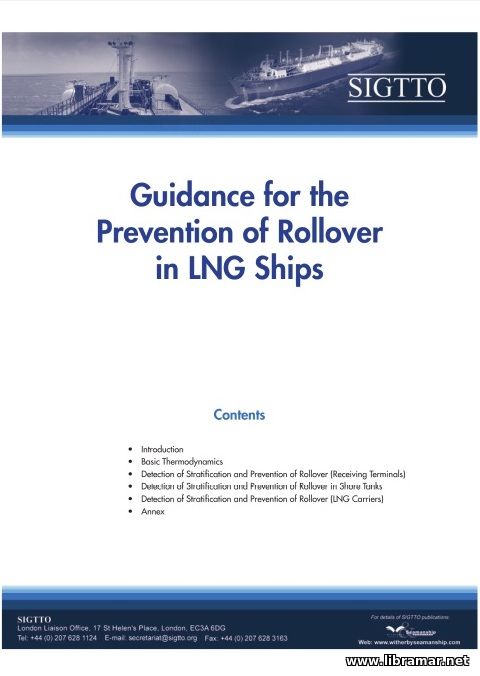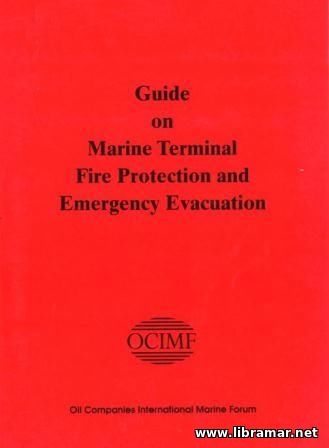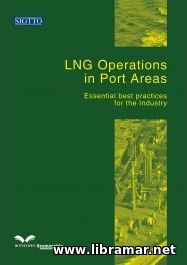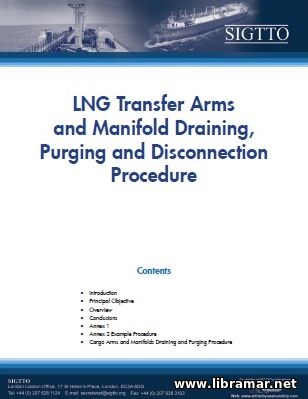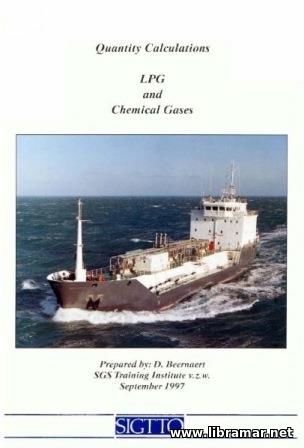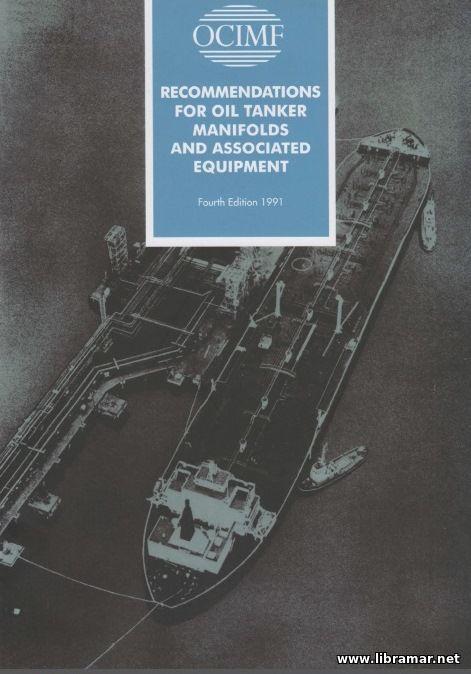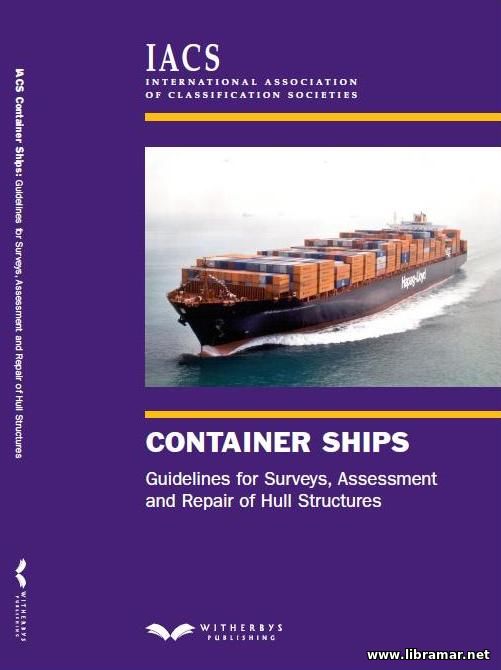
Another official publication developed and released by IACS - this one deals with the single deck container vessels constructed with the double side skin tanks, the passageways and double bottom in the area treated as the cargo space. These vessels are exclusively intended to transport containerized cargoes in their cargo holds as well as on the deck and on top of hatch covers.
The publication starts with the intro, followed by the chapter containing the applicable classification requirements for periodical surveys as well as damage/repair; the next chapter provides some necessary technical background that is to be possessed by the people conducting the surveys; then there is a chapter addressing the survey preparation/planning/execution matters. The book also provides the important information of the failures of the structural parts and instructions on the repairs to be done.
These Guidelines will be very useful for any surveyor performing the above mentioned surveys as well as to any ship owner, or operator, or even any crew member dealing with preparation of the vessel for class inspection and presenting all relevant items to the surveyor. The instructions provided in the book are really the ones to be followed in order to keep the ship safe.
